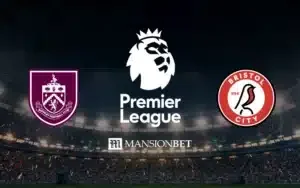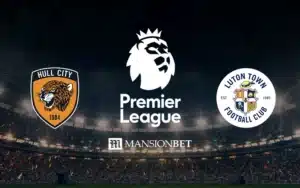Video Assistant Referees, or VARs, have been with us for over five years, yet questions remain about how they operate.
In the Premier League, their remit is to step in and help the on-field official when there have been “clear and obvious errors” or “serious missed incidents”.
Watching via a live feed at Stockley Park in London, trained officials can step in when a mistake has been made, leading to one of four match-changing incidents; goals, penalty decisions, direct red-card incidents and mistaken identity.
Usually, the VAR will suggest the on-field official looks at a replay on a pitch-side monitor to see if he wants to change his original decision, but that’s not the case when it comes to offside.
VAR in control of offside corrections
Here, there’s no room for debate with the referee on the ground. The VAR can overrule the original decision if a mistake has been made regarding offside, however marginal.
In the Premier League’s words, offsides are “factual decisions”; there’s no grey area. Yet, offside reviews have perhaps sparked more controversy in the VAR era than any other due to how marginal they can be.
A still image is used to determine whether a player is on or offside, and lines are drawn by the VAR official to work out the correct decision. The lines have gone through a couple of stages of evolution since VAR was introduced to the Premier League in 2019/20 and remain a work in progress.
Dotted lines gone but not forgotten
Currently, there are two levels of line usage for offside decisions at the Premier League level. The first is a two-dimensional gridline, placed in line with the final defender to determine routine offside decisions.
But if the naked eye can’t determine whether a player is onside from the use of a gridline, then crosshairs are implemented.
On the image officials are using, one-pixel dotted lines are manually drawn against the leading body part of the last defender and attack that can score goals. From there, the VAR clicks a confirm button on his computer, and a red or green line will appear to make the final decision.
This whole process used to be broadcast for televised games but left some fans confused and has since been simplified. As of the 2021/22 season, now all the viewing fans get to see is the final image with the green or red line, which is still more than those at the ground are treated to.
Automation to remove human error
The Premier League has increased the thickness of the lines to try and eliminate the really marginal calls where a player’s toe has strayed beyond the last defender.
The process has improved and been made less confusing, but officials and teams are pushing for more to be done.
Semi-automated technology for offside calls was used at the 2022 World Cup to eliminate human error and speed up the decision-making process, which can take minutes for close calls.
There’s no need to draw lines with semi-automated offsides, reducing the risk of human error, which has been a factor in certain games this season.
Arsenal were left fuming in February when the VAR “forgot” to draw lines for Brentford’s equaliser in the Gunners’ 1-1 draw with the Bees. That was the same day Brighton had a goal wrongly ruled out for offside against Aston Villa.
Premier League clubs are keen to bring in semi-automated offsides from next season before a move to fully automated offsides. That is still a few years away, but the drawing of lines may not be much longer for English football’s top flight if the clubs get their way.




